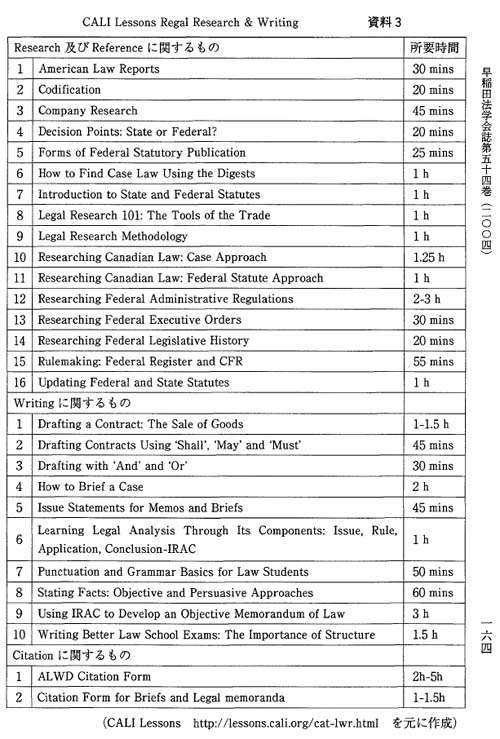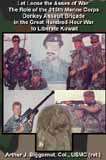Of course, in Wikipedia, anyone can edit the entries and correct errors. And easily verified errors in objective facts are not as rampant as its detractors may think, especially in the most popular and widely-read articles. What I found was two related articles that contradict each other; the articles were relatively minor and the fact is a small point, but they don't jibe 100%. And since I don't know the correct answer, I posted a talk comment in both to see how long it would take until someone resolved the differences.
I may have heard of Southern Rock group Black Oak Arkansas and their singer James "Jim Dandy" Mangrum before I saw them mentioned on a documentary I watched over the weekend ("Van Halen: The Early Days"; the documentary pointed out that "Jim Dandy" Mangrum was a big influence on David Lee Roth's on-stage persona; I thought this was a good title to test Netflix's streaming movies for the first time - it works pretty good, its turns out, not that I would want to watch a lot of movies streaming to my computer).
The Wikipedia entries for them, of course, overlap considerably but the one for Mangrum says an early incarnation of Black Oak Arkansas:
"moved to New Orleans and recorded a Stax record that went nowhere."But the entry for Black Oak Arkansas itself says they:
"moved to Memphis, Tennessee in 1969 and signed a record deal with Stax Records. Their self-titled debut album, and their only album with Stax, was largely ignored by the populace."So where was it, New Orleans or Memphis, where they recorded with Stax? Or did they sign the deal with Stax in Memphis but record the album in New Orleans? This may just be sloppy writing and not a contradiction. Either way, I posted a note in the discussion part of each entry asking for clarification.
The error in the Library of Congress catalog is just a typo. I was looking for some Latin America materials - from any country - for a faculty member and found this title:
Li´neas y criterios jurisprudenciales,Sala de lo Penal, 2005 / [coordinador, Ulices del Dios Guzma´n Canjura ; compilador, Mauricio Haim Luna].With this subject heading:
Ccriminal law --El Salvador --Digests.Yes, just a typo - with the extra "c" in criminal.
There's a form on the Library of Congress' catalog for reporting errors, so I entered the LCCN number for this record, put in my brief summary of this error, added my e-mail address, and submitted the message. The acknowledgment said it takes five days on average to respond to these error reports, so I'll keep an eye out for a response and see how long it takes. And I'll check back on the two Wikipedia entrees to see if anyone is monitoring changes to them on their watchlist (which include additions to the discussion pages) and will correct the discrepancy between them. Which will be corrected first?
Full blog post...















